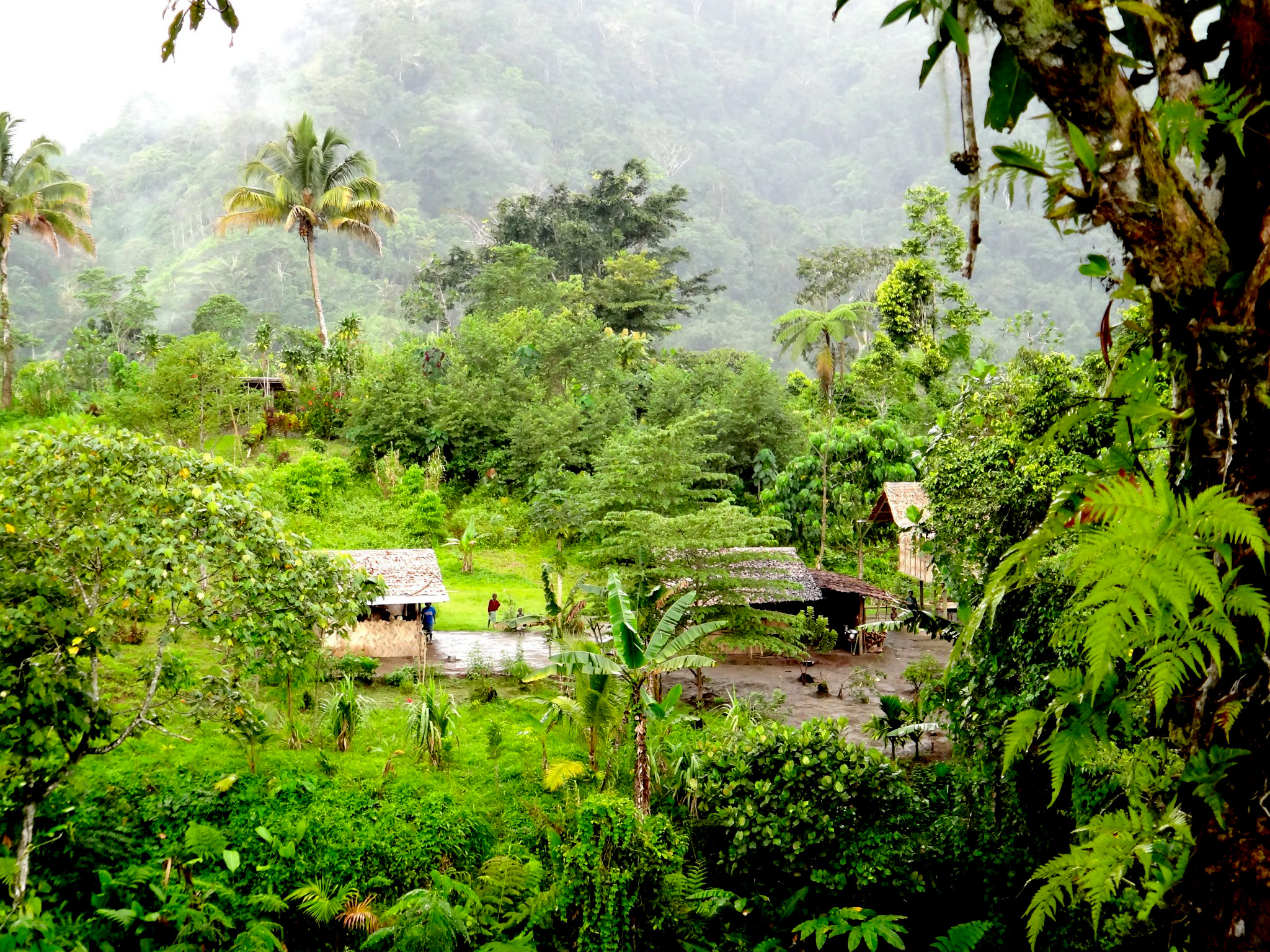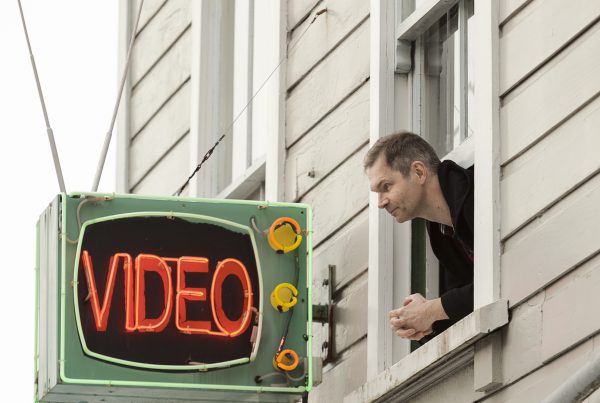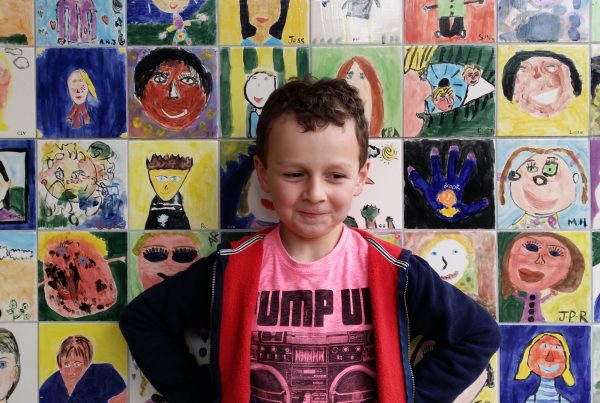
In August 2014, I embarked on a trip to Bougainville to explore their cocoa industry. I’d been approached by Sera Price, who had lived there for 16 months through Volunteer Services Abroad (VSA). She came to the Wellington Chocolate Factory asking if we were interested in making chocolate with Bougainville cocoa, and her passion for the place was infectious. I had to see it for myself.
Bougainville is a cluster of islands in the Pacific that make up the northern tip of the Solomon Islands archipelago, but politically Bougainville is part of Papua New Guinea. How did this come about? To put it simply, the colonial powers back in the day played ‘swapsies’ — Britain traded Bougainville Island to Germany for Western Samoa and Australia took it over after the Germans lost the First World War, governing the territory (apart from a three year Japanese interruption in World War Two) until Papua New Guinea became independent in 1975.
The name Bougainville comes from the French explorer Louis de Bougainville. In Tok Pisin, the local pidgin language, Bougainville is called Sankamap, meaning sunrise. There’s no ‘local language’ as such, because there are over 22 different local languages — not dialects but distinct languages like Arabic, English and Indian — all in an area roughly the size of the Wellington region. It’s pretty astonishing, but the place has been inhabited for close to 30,000 years.
Getting to Bougainville is relatively easy these days: it’s a one-and-a-half-hour flight from Papua New Guinea’s capital city, Port Moresby. The flight in is always scenic, as the pilots need to eyeball the windsock to determine which direction to approach the runway — you can’t rely on gadgets or power here! You’ll either do a sweep over Buka Island, with its lovely satellite islands and beautiful reefs, or over the rich jungle and mountain ridgeline of the main Bougainville Island itself.

Man, it’s hot here — you never stop sweating. The average temperature is about 30˚C, but this is 100 percent energy-sapping heat. A chilly day, I’m told, is 28˚C, which will cause locals to wear jumpers and complain of catching colds the following week. A hot day is 35˚C, and you spend it lying on the floor under a fan groaning.
Buka town is about ten minutes from where we’re staying. We walk out to the main road and catch a PMV, public motor vehicle. These are mostly vans with rad names like ‘Tallulah’ and ‘Transformer’. The drive in is pure scenic joy, with villages, banana trees and jungle on my right, and breathtaking coast on my left. Buka town isn’t quite so scenic. It’s a bit of a dirty, ramshackle place with shops, offices, guesthouses and wee eateries, all jumbled together. New places are being built and old places being added to. There are people everywhere. The place is humming!
The shops are all pretty similar but slightly different, as in they largely sell the same stuff — tinned fish, tinned corned beef, powdered milk, Maggi two-minute noodles, rice, fake-label clothing and dusty stationery. But then one shop might get in some cheese every now and then, and another is known to get weird things like frozen boxed croissants, sweet chilli sauce and tomato juice. Sera tells me nothing is ever guaranteed — you have to do the rounds to see what’s on offer, and the place is known to run out of staples like sugar, eggs, chicken, rice and flour. It’s all about improvisation. She told me how a fellow VSA’er made a ‘cheesecake’ out of kaukau (sweet potato) and banana, boiled in coconut cream with some lime and vanilla, mashed, cooled and set in the fridge. They all loved it and swore it was pretty darn close to the real thing.
The market food here is fresh from the jungle and it’s amazing! For a start, you’ll find the biggest and tastiest pawpaws and pineapples you’ll ever eat in your life. One pawpaw we bought weighed at least 7 kilograms and was complimented by locals the whole walk home. Buying from the market is always a bit of an adventure; we made sure to get a different ‘green bushy thing’ every day. Once it was pumpkin tips — the last foot of the pumpkin vine — brilliant. Everything is piled neatly or tied with vine to keep bunches together. Special items — smoked octopus and smoked possum, for example — are wrapped in leaves with a tentacle or tail poking out. Most things are smoked or cooked on the open fire here; it’s a good way to preserve the food, as power is limited to the three main towns, and even then it’s quite iffy.
On my third day I travelled south with a new buddy, Robert Critchley, who is a young Bougainvillean entrepreneur or, as the locals like to put it, ‘tycoooooon’. The road is rough but I hear it’s significantly better than it was — not long ago there were no bridges and so what is now a four-hour trip could take a couple of days across swollen rivers. The mainland is very different from Buka Island, with its lush jungle and forests, big old run-down plantations and mountainous interior. Something I noticed was that there were always people on the road — walking down it, emerging from the bush, hanging out on the side — even when it seemed like we were in the middle of nowhere. It’s very different from New Zealand. And the people we saw were often sporting bright umbrellas or very big leaves for shade — I found comfort in the fact that they also found it quite hot!

Baby cocoa pods
As you get closer to Arawa town, Bougainville’s former self becomes more evident. A sealed road, power lines without power, pylons covered in vines, a once major intersection, footpaths —these were all part of what was a well-developed town in the 1980s. The Bougainville Crisis, which started in 1988 as a protest against the environmental damage caused by mining and poor benefit-sharing, turned into a civil war that lasted ten years and killed 20,000 people. Most of the infrastructure was destroyed, bridges were blown up, buildings and machinery were torched, and villages were burnt.
The devastation is still evident. It was fascinating talking to people about their experience during the Crisis, and I was always amazed when I heard troubling stories told with a good sense of humour. When Sera began working for the Division of Lands in 2010, for example, she found two of her new colleagues laughing over the discovery that one had taken the other hostage during the Crisis. Attitudes like this aren’t always the case though, and there are many sad stories. You can’t help but admire the strength, resilience and innovation of the Bougainville people who lived through such difficult times.
On my way back up the island to Buka, I met the legendary James Rutana, who helped establish the cocoa industry in PNG in the 1970s. He has green fingers and can basically grow a cocoa tree in sand. Since 2006, he has been rehabilitating his plantation after the devastating cocoa pod borer took up residence during the Crisis. He’s also helping and training other farmers and working with the government and NGOs to develop a strategy to rebuild Bougainville’s cocoa industry. His motto is that agriculture is the island’s golden opportunity, not mining, because the vast majority of the population can participate in it, they earn money directly doing so, and it’s sustainable.
I was inspired. Even before I left, I was already sure I wanted to work with James and help put Bougainville cocoa back on the map. When I returned to Wellington, we created a project called ‘The Wellington Chocolate Voyage’. The objective is to improve James’s cocoa dryer to raise the quality of his cocoa, buy 1 tonne of his beans at a premium price, sail them back to New Zealand and make them into the Bougainville Bar, to be marketed nationally and internationally. We decided to try crowdsourcing via Kickstarter to help support the project. After bit of time and a lot of effort, it’s now live seeking support in a campaign that ends on 6 December. Please check it out at facebook.com/thewellingtonchocolatefactory — we’d love your support!
If you’re feeling adventurous, VSA comes highly recommended. Having an opportunity to live and be a part of a community in Bougainville is a truly magical experience. Check out their website at vsa.org.nz and see if any of the assignments fit you. It’s a great organisation, and Bougainville is a fantastic place.






